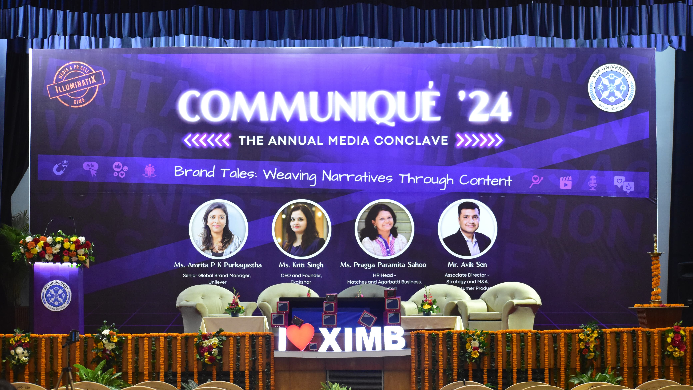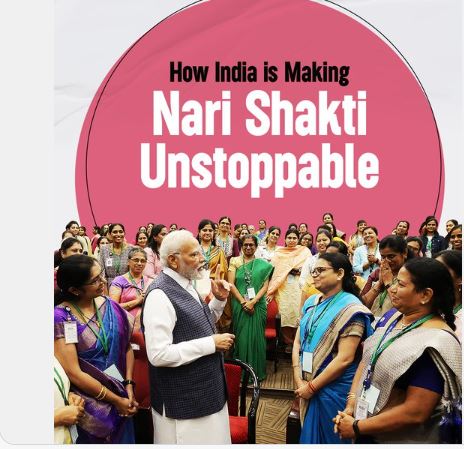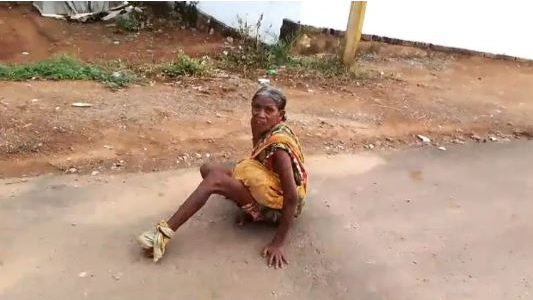Personal Loans by Banks
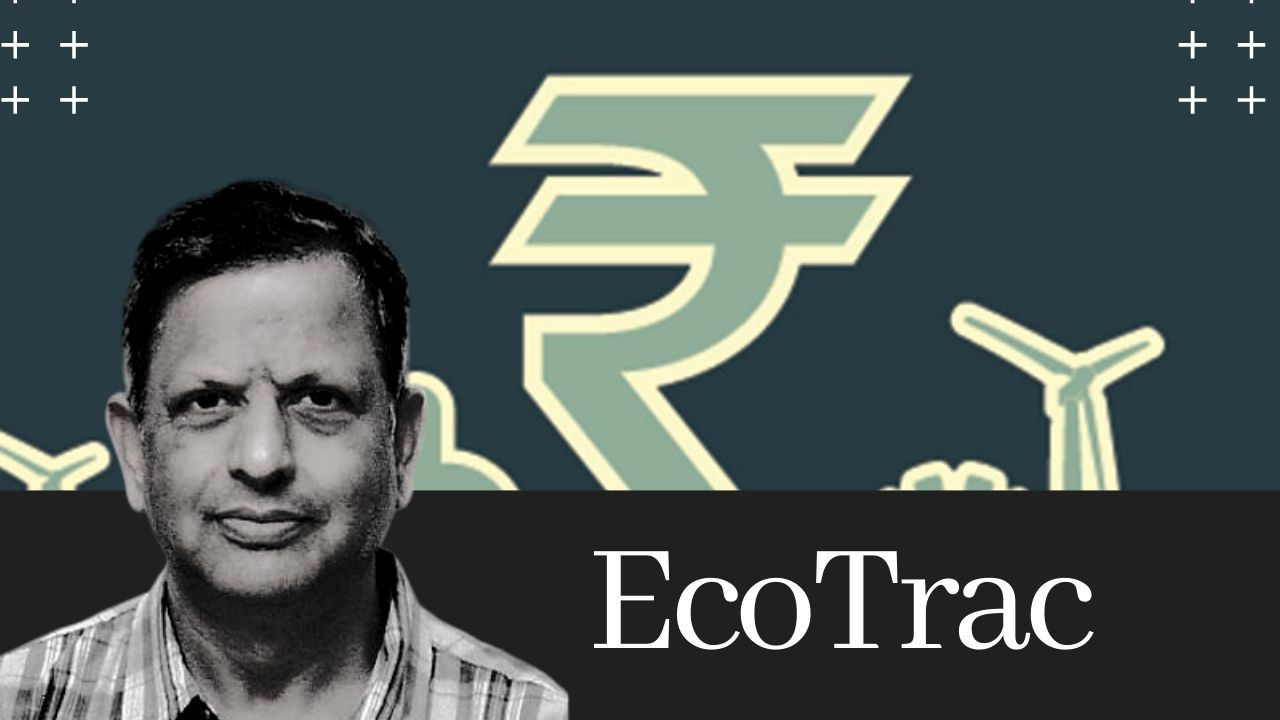
Personal loan (PL) is primarily a function of employment and income generation and therefore, it has a promising future. Banks, having realized the potential, are aggressively marketing it. However, there are a few worries. Dr Manas R Das Retail or Personal Loans (hereafter PLs) have been the flavour of banks since circa 2000s. In the post-2008 crisis period, even many multinational banks increased their retail portfolios. In India, several factors drive banks’ inclination for PLs. The macroeconomic factors include the emergence of middle-class as an economic force thanks to the service sector revolution;growing urbanization and mass aspiration to live a modern life buttressed by ‘demonstration effect’ via social and other media; product innovations in the physical sector and their swift availability across the globe; aggressive products publicity, especially aimed at the younger generations and homemakers; favourable government policies, especially in the housing and cards segments; increasing dealers networks and competitive marketing by them; spread of education across geographical space and disciplines, and increased cost thereof leading to reliance on loans; and increased noncash transactions. The bank-level factors include techno-financial innovations making it easier to lend to large mass rather conveniently and also tracking them; wider risk dispersion; better recovery/lower non-performing loans compared to the lumpy wholesale loans; and competitive marketing leading to reasonable pricing, easier terms and conditions, and procedures. Banks’ efforts have been aided by congenial regulations by RBI. All these have facilitated PLs by the scheduled commercial banks to grow healthily, as illustrated in Chart 1. {"id":81799,"width":580,"height":366,"sizeSlug":"large"} During 2010-20, PLs grew at a compound annual growth rate of 15.9% in striking contrast with 11.7% and 10.5% in respect of total Non-Food Loans (NFLs) and other Non-Food Loans (i.e., NFLs minus PLs) respectively. This resulted in the PLs/NFLs ratio jumping from 19.3% to 27.7%, despite declines in a few years initially. PLs also rose at a faster clip than the GDP, especially after 2014-15. In the post-2015 period, the increasing gap between their growth rates was noticeable. (Chart 2). {"id":81800,"width":576,"height":354,"sizeSlug":"large"} As per the RBI classification, PLs comprise loans: (a) forhousing, (b) forvehicles, (c) outstanding against credit cards, (d) against fixed deposits (including FCNR (B),NRNR deposits, etc.), (e) for education, (f) for consumer durables (g) to individuals against shares, bonds, etc. and (h) Others. At March-end 2020, the composition of PLs is presented in Chart 3. {"id":81801,"width":576,"height":389,"sizeSlug":"large"} Housing and vehicle loans constituted the major chunk of PLs (61.1%), and both reflected uptrend over time. However, the education loan portfolio was laggard. All bank groups were quite active on PLs. Concluding Remarks PL is primarily a function of employment and income generation and therefore, it has a promising future. Banks, having realized the potential, are aggressively marketing it. However, there are a few worries. First, faster growth in PLs than GDP makes increasing indebtedness more likely, which, in turn, may cast shadow on recovery of PLs. This would call for circumspection on the part of banks. Banks need to increasingly target the employees of those employers with whom they have salary tie-ups. Second, banks need to accelerate their penetration into rural and semi-urban areas, especially by financing SUVs, two-wheelers and consumer durables. Third, even though low recovery in education loans has led bankers to go slow on this segment, banks need not be averse to lend against adequate collaterals, instead of complete withdrawal. India is evolving into a good destination for management and technical education, and many students go out of the country for higher studies. In short, for PLs, future augurs well, but circumspection by banks is needed. (All the data used here are sourced from the RBI database) About the Author:Dr. Manas R. Das is a former senior economist of State Bank of India. He has over 30 years of experience as an economist in two large commercial banks. Academically, he is a gold medallist in Bachelor of Arts with Economics Honours from Utkal University, followed by Master’s in Economics from Delhi School of Economics and Doctorate in Economics from Gokhale Institute of Politics and Economics. He is also a Certified Associate of Indian Institute of Bankers. He has won several awards, besides being a prolific writer.
Latest News

Puri Rath Yatra stampede: Administrative probe...

OAS officers to go on mass leave from tomorrow...

Puri Rath Yatra: 1st Adapa Mandap Mahaprasad p...
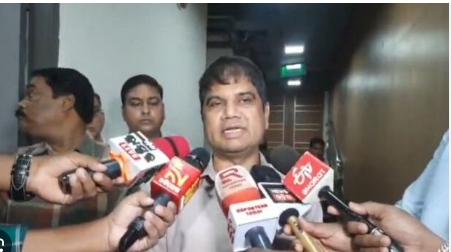
OAS Association denounces attack on BMC Additi...

Puri Rath Yatra stampede: OSHRC issues notice...

The Sacred Adapa Darshan at Gundicha Temple to...
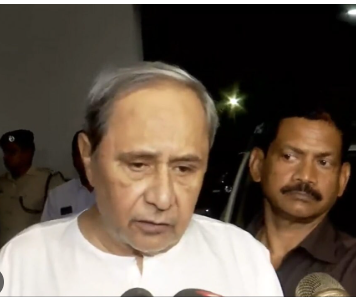
Naveen Patnaik condemns brutal assault on BMC...
Copyright © 2024 - Summa Real Media Private Limited. All Rights Reserved.











